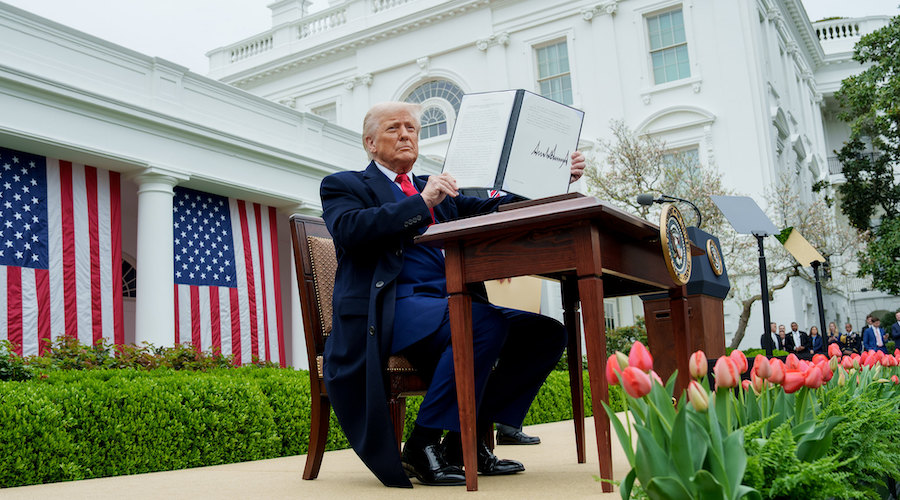In a move that has sparked both support and controversy, former President Donald Trump signed an executive order aimed at reviving the struggling U.S. coal industry, once a backbone of American energy and employment.
The executive order, signed during a press conference attended by coal miners and energy executives, seeks to roll back key environmental regulations introduced during the Obama administration. The goal, according to Trump, is to reduce the regulatory burden on coal companies and stimulate coal production, job growth, and energy independence.
Trump stated, “My administration is putting an end to the war on coal. We are going to bring back American jobs, American energy, and American pride.”
What the Executive Order Includes
The executive order outlines several policy reversals and initiatives:
-
Dismantling the Clean Power Plan (CPP): The CPP, which aimed to cut carbon emissions from power plants, placed significant pressure on coal-fired plants. Its removal is expected to make it easier for such plants to continue operations.
-
Review of EPA Regulations: The Environmental Protection Agency will reevaluate rules that the Trump administration claims unfairly targeted the coal sector.
-
Lifting Moratorium on Federal Coal Leases: Trump’s order lifts the moratorium on new coal leases on federal land, a restriction that had been in place since 2016.
-
Encouragement of Domestic Energy Production: By reducing restrictions, the administration hopes to increase the nation’s reliance on fossil fuels, particularly coal, to strengthen domestic energy security.
Mixed Reactions Across the Nation
The response to the executive order has been sharply divided.
Supporters, particularly in coal-producing regions like West Virginia, Kentucky, and Wyoming, have praised the order as a lifeline for an industry that has seen dramatic declines in production and employment over the past decade.
Industry leaders welcomed the move. Robert E. Murray, CEO of Murray Energy, stated, “This is a great day for coal miners. We finally have a president who listens and understands our value to America.”
On the other hand, environmental groups, scientists, and renewable energy advocates warn that reviving coal could have serious environmental and public health consequences. They argue that market forces, not regulations, have largely driven the decline in coal, as natural gas and renewables become more cost-effective and sustainable.
Michael Brune, Executive Director of the Sierra Club, said, “No executive order can bring back a dying industry in the face of global market trends and climate realities. It’s a step backward when we should be moving toward cleaner, smarter energy solutions.”
The Broader Context
Coal has been in a steady decline in the U.S. for over a decade. In 2008, coal accounted for nearly 50% of electricity generation; by 2023, that number had fallen below 20%. Automation, competition from natural gas, and the rise of solar and wind have all played a role.
Trump’s energy policy, however, centered on the idea of energy dominance, which includes prioritizing traditional fossil fuels over newer alternatives.
What’s Next for Coal?
While the executive order may provide short-term relief for coal companies and some workers, experts suggest that without long-term investment or innovation, the coal sector’s future remains uncertain.
Analysts also note that energy markets, not presidential orders, often determine the real direction of industry trends.

